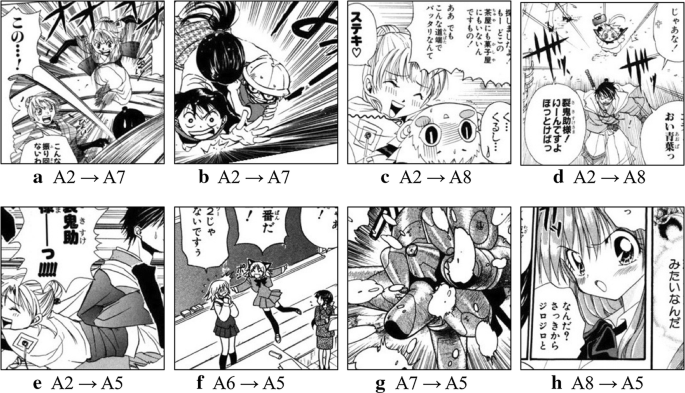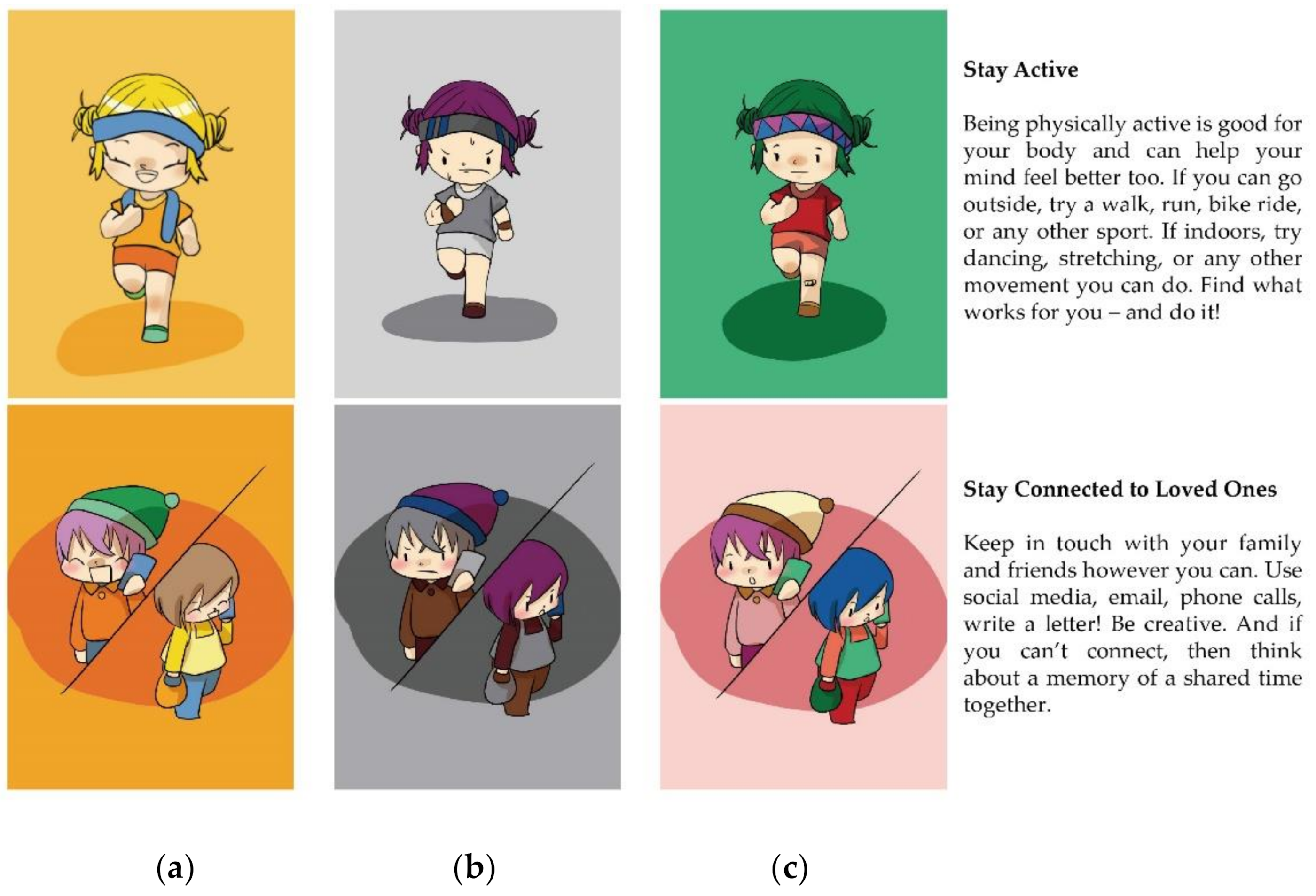

One of these methods may work fine for you. Desaturate Command (Lightness, Luminosity, Average).They will all produce different images based on their method of conversion, and it will be up to you to decide which ones (or portions of) to keep and build upon to create your final result.Ī combination of luminosity desaturation and GEGL C2G Conversation in Hayleys by Pat David ( cc-by-sa)įor this tutorial we are going to try and cover as many different methods as possible. There are many different paths to get to a grayscale image and almost none of them are equal.

It is this limitation for purely gray 8-bit images that introduces artifacts over smooth gradations ( posterization or banding) - and is a good reason to keep your bit depths as high as possible. Very quickly you should realize that a true monochromatic grayscale image can display up to 256 discrete shades of gray going from 0 (pure black) to 255 (pure white), while for 16-bit images, 2 16 will yield 65,536 different shades. While this is a little brighter: 220, 220, 220

So a middle gray value of 127, 127, 127 would look like this: The important point to take away from this is to realize that when all three color channels are the same value, you’ll get a grey color. You should always work in the highest bit depth color that you can, and leave any conversions to 8-bit for when you are saving your work to be viewed on a monitor. Any other combination will produce some variation of a color.īut what about 16-bit images? Well - the data is still in the image file to correctly describe the colors at 16bit/channel, but most likely what you’ll be seeing on your monitor is an interpolation of the values to an 8-bit/channel colorspace. So if all of the sub-pixel values are 0, the resulting color is black. The scales available in an 8-bit display are discrete levels from 0-255 for each color (2 8 = 256). The variations in brightness of each of the sub-pixels will “mix” to produce the colors you finally see. Every single pixel is composed of 3 sub-pixels of Red, Green, and Blue. You are working in an RGB world when you stare at your monitors. Let’s have a look at how an image gets displayed on your monitor first. Then, with an image containing as much tonal detail as possible, we will modify it with adjustments of various types to produce a final result that is visually pleasing.īefore heading down that path, it may help to have a closer look at the tools being used. Petteri Sulonen refers to this as his “digital negative” - if you want a great look at a digital B&W workflow head over and read his article.
#Hi fi color for comics digital techniques for professional results pdf download full
We’ll attempt to use different methods of grayscale conversion (and possibly blending them) to get to a working image that is as full of tonal detail as possible. The approach we will take here is similar to what I had done in my film days. Dynamic Range ¶ĭynamic range is the overall range of values in your image from the darkest to the brightest. Often, a straight conversion to grayscale can result in values that are all similar, yielding a tonally “flat” image.Ĭontrast is often considered in terms of the entire image globally, or in smaller sections locally. High contrast will have a sharper differentiation between tones, while low contrast will have less differences. Contrast ¶Ĭontrast is the relative difference in tones between parts of an image. When referred to as the singular “tone”, it is usually referring to a single value of gray in the image. This can be subtle with smooth, even differences between values or much more pronounced.

What I tend to refer to when using this term is the presence and relationship between different values of gray in the image. Chambered Nautilus by Pat David ( cc-by-sa) Without color, the form and tones are all that’s left. Conversely, the subjects and composition need to be much stronger to carry the result. This can be both liberating and confining.īy liberating yourself of color data the focus is entirely on the subjects and composition (this is often one of the primary reasons street photography is associated with B&W). You want to keep in mind that by removing color information you are effectively left with only tonal data (and composition) to convey your intentions. There are a few things you should focus on in regards to preparing your images for a B&W conversion. In this article we are going to explore some of the most common methods for converting a color digital image into monochrome in GIMP. Black and White photography is a big topic that deserves entire books devoted to the subject.


 0 kommentar(er)
0 kommentar(er)
